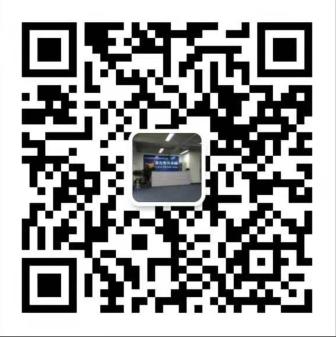2019湖北普通专升本英语翻译模拟训练及解析
湖北普通专升本英语考试题型中有单选,完形填空,阅读理解,翻译,作文这几类对于英语翻译这一块,除了平时多积累单词,日常复习中我们也应该提前储备一些常考的话题材料。下面湖北专升本网给大家整理了专升本英语翻译练习题,希望能帮助到大家备考哦!
专升本英语翻译练习题:中医
中医(Traditional Chinese Medicine )有五千多年的历史,是中国古代劳动人民几千年来对抗疾病的经验总结。中医将人体看成是气、形、神的统一体,以“望、闻(auscultationand olfaction)、问、切”为其独特的诊断过程。 中医使用中药、针灸(acupuncture)以及许多其他治疗手段,使人体达到阴阳调和。阴阳和五行是中医的理论基础。五行是自然界中的五种基本物质,即金、木、水、火、土。
参考翻译:
Traditional Chinese Medicine
Traditional Chinese Medicine (TCM) has a longhistory of more than 5,000 years. It is a summaryof the experience of the working people over manycenturies of struggle against diseases. TCM considershuman body as a unity of QI, XING and SHEN. The diagnostic process of TCM distinguishesitself by “observation,auscultation and olfaction, inquiry and pulse diagnosis”. TCM usestraditional Chinese medicine, acupuncture and many other treatment means to make humanbody be harmony between YIN and YANG. The concepts of YIN-YANG and WU XING laid atheoretical foundation for TCM. WU XING refers to five basic substances in the nature, thatis, metal, wood, water, fire, and earth.
1.气、形、神的统一体:“气、形、神”这种中文词汇在英文中鲜有恰当的词汇与之对应,翻译成拼音即可;“统一体”可译为unity。
2.望、闻、问、切:“望”即“观察”,可译为observation;“闻”有“听”的意思,也有“嗅”的意思,在中医里也是如此,原文里已经给出提示,译为 auscultationand olfaction; “问”即“询问”,翻译为 inquiry; “切” 指“诊脉”,翻译为pulse diagnosis。
3.阴阳调和:即阴阳平衡,可译为make YIN and YANG in equilibrium或者 be harmony betweenYIN and YANG。
4.金:五行中的“金”不是“金子”,而是“金属”之意,所以要翻译成metal, 而不要译成gold。



